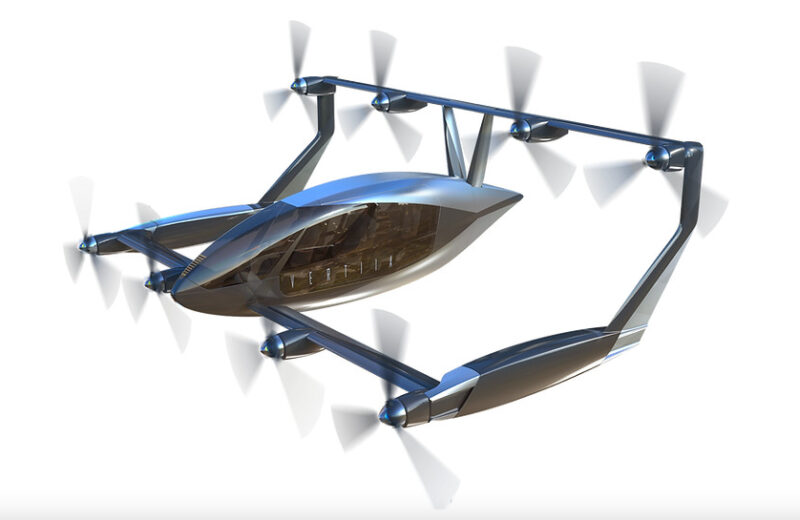AMSL Aero’s Vertiia eVTOL completes maiden flight

Vertiia, the eVTOL being developed by Australian firm, AMSL Aero has completed its maiden test flight.
This is the first ever flight by an Australian-designed and built eVTOL, according to AMSL. Vertiia completed a tethered hover by remote control in accordance with Civil Aviation Safety Authority (CASA) regulations.
AMSL’s eVTOL will be able to carry four passengers and a pilot at a cruising speed of 300kph (186mph) up to 1,000km. The firm expects to commence deliveries of the Vertiia in 2026 to customers in sectors including aeromedical, cargo, emergency, and regional air mobility.
It is nearly 130 years since Australian aeronautical pioneer Lawrence Hargrave invented the box kite, upon which the Vertiia’s unique “box wing” design is based, said AMSL Aero CEO, Andrew Moore. “As Vertiia lifted off, we felt the same rush of adrenaline that Lawrence Hargrave must have felt nearly 130 years ago. The Vertiia prototype flew better than we expected. It was remarkably smooth and a delight to fly,” he said.
AMSL Aero will now conduct more test flights and begin CASA certification for Vertiia, which is on display at the Avalon International Airshow in Victoria from 28 February to 5 March 2023.
AMSL co-founder Siobhan Lyndon, said Vertiia will enable “greater access to medical services for vulnerable remote, rural and regional communities, offering new models of care through rapid and low-cost connectivity,” she said. “Vertiia is not only safe and quiet, but it was also developed for the harsh long-distance conditions in Australia. If it can work in Australia, it can work anywhere.”
Lyndon added: “Unlike aeromedical aircraft that require a runway, Vertiia will carry patients directly from any location straight to the hospital, significantly reducing the complexity and time often required to transport vulnerable patients. It will also be quieter and safer than helicopters and will eventually cost as little as a car to maintain and run, transforming aeromedical transport into a far more affordable, accessible, safer and reliable option.”






